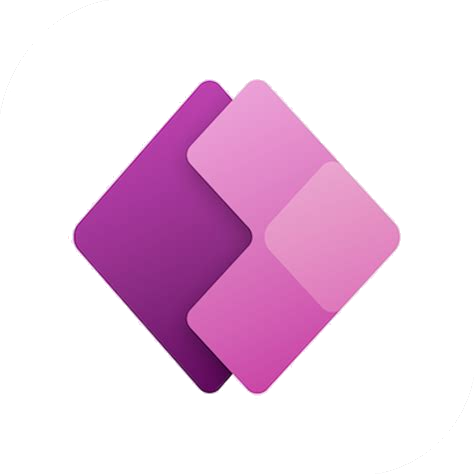
We are ready to serve you
Call or send us an email and we will contact you asap between 8:00 AM and 5:00 PM Monday to Friday. Outside office hours you can reach our service desk on +31(0)115-789 000 if this falls within your SLA
What is PowerApps?
PowerApps is a versatile platform within the Microsoft Power Platform that enables users to quickly and easily develop custom business applications without deep programming knowledge. With an intuitive drag-and-drop interface and built-in connectors to various data sources, both business users and professional developers can build efficient solutions that seamlessly integrate with other Microsoft services such as Office 365, Dynamics 365, and Azure. PowerApps fosters innovation and increases productivity by providing organizations with the tools to swiftly respond to changing business needs.
At progression we work with PowerApps and are able to guide and support you while working with PowerApps.

Origins and Development of Microsoft PowerApps
PowerApps was created by Microsoft as part of its Microsoft Power Platform suite, which includes Power BI, Power Automate, and Power Virtual Agents. The platform was developed to empower both business users and professional developers to build custom applications quickly and efficiently, enhancing business productivity and innovation. Microsoft, under the leadership of key figures such as Satya Nadella (CEO) and the dedicated teams within its development and product management divisions, brought PowerApps to life as a solution to streamline app development and data integration across various Microsoft services and external sources.
Some advantages because of PowerApps
Mobile-optimized Apps
Develop mobile-friendly applications that employees can use on-the-go. These apps can provide access to real-time data and business functions, enhancing productivity outside the office.
Automating Workflows
Design automated workflows that streamline business processes. For example, automate approvals, notifications, and data updates, reducing manual work and improving efficiency.
Custom business forms
Create tailored forms for data entry and processing. These forms can integrate with various data sources, making it easier to collect and manage information within an organization.
Data Visualization
Build apps that visualize data from different sources. This helps in creating dashboards and reports that provide insights and support decision-making processes within the organization.
Integrating with Other Services
Connect PowerApps with other Microsoft services like SharePoint, Teams, and Dynamics 365, as well as third-party services. This integration ensures seamless data flow and enhances collaboration across different platforms.
Security and Compliance
Data Security
Encryption: Data in Power Apps is encrypted both at rest and in transit using industry-standard encryption protocols, ensuring the protection of sensitive information.
Data Sources: Power Apps securely connects to various data sources such as Microsoft Dataverse, SharePoint, and SQL Server, leveraging their built-in security features.
Access Control
Role-Based Access Control (RBAC): Administrators can manage access permissions based on user roles, ensuring that only authorized personnel can access or modify specific apps and data.
Azure Active Directory (AAD): Integration with AAD enables secure authentication and the use of multi-factor authentication (MFA) to further enhance security.
Compliance
Regulatory Compliance: Power Apps adheres to major global standards such as GDPR, HIPAA, and ISO/IEC 27001, helping organizations comply with regional and industry-specific regulations.
Continuous Updates: Microsoft regularly updates Power Apps to align with evolving compliance requirements, ensuring that the platform remains secure and compliant.
Data Loss Prevention (DLP)
DLP Policies: Administrators can enforce DLP policies to prevent the accidental sharing or exposure of sensitive data, ensuring that data remains within approved channels and environments.
Audit and Monitoring
Activity Logging: Power Apps provides logging and monitoring features through the Power Platform Admin Center, allowing organizations to track user activities, monitor app usage, and maintain audit trails.
Alerts and Reports: Automated alerts and detailed reports help in detecting and responding to potential security incidents or compliance violations.
Online Environment Management
Environment Segmentation: Power Apps allows the creation of multiple environments to segregate development, testing, and production processes, as well as to isolate data based on compliance needs.
Third-Party App Governance
App Certification: Third-party applications and connectors used within Power Apps are subject to Microsoft’s certification processes, ensuring they meet security and compliance standards before being integrated.



 SUPPORT
SUPPORT

 News
News